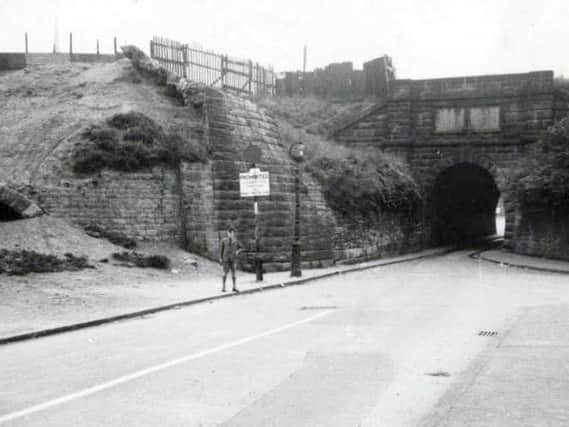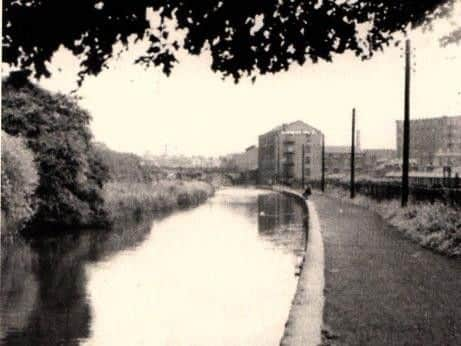Dynamite plot to blow up the heart of Preston


Preston’s own Guy Fawkes was a spark away from plunging the city into chaos, however the mystery would-be terrorist’s plot was foiled by his own clumsiness.
On March 8, 1887, the Lancashire Evening Post reported on the attempted destruction of the aqueduct which brought the Lancaster Canal into the town beneath the headline, ‘Dastardly
Outrage’.


Advertisement
Hide AdAdvertisement
Hide AdAt 10.30am that morning dynamite was found on the bridge on Aqueduct Street which, if ignited, would have destroyed it and caused millions of gallons of water to descend, causing a large amount of damage and a potential loss of life, due to the low-lying nature of the area.
If the explosion had taken place at night the devastation would have been worse as someone was scrambled to turn the lock gates along the canal and prevent the flood of water.
There was enough dynamite found on the bridge to blow up 30 tons of stone masonry and earth, with a fuse that should have burned for 20 to 30 minutes before exploding. The Lancashire Evening Post reported that the person responsible had been unable to light the dynamite, saying that “it is to nothing but his ignorance that we are indebted for his failure.”
The fuse points had not been opened correctly, which was the only thing stopping the dynamite from exploding. Although the fuse had been lit, as evidenced by the end of it which was clearly singed, it fizzled out before it could cause the destruction and chaos intended.


Advertisement
Hide AdAdvertisement
Hide AdIt was discovered by a local labourer named Thomas William Hesketh, of Pump Street, who noticed a small iron pipe with a string attached when he arrived at work early one morning at the lime kilns, off Fylde Road.
Upon informing his boss, Mr Turner, they took it upon themselves to inspect the mysterious object.
Not realising how dangerous it was they then discovered the canister with dynamite inside and alerted the police.
Before the police were informed, however, some of the group had plans to ignite the fuse in a nearby open space, before Mr Turner’s father returned and told them to instead contact the authorities.
Advertisement
Hide AdAdvertisement
Hide AdIt was also reported that in the early morning, prior to the discovery, there was an attempted robbery of a provision shop around 100 yards from the location of the explosives.
Residents were reported to have been shaken up by the discovery, and attempted to discern how the dynamite came to be there.
It was reported: “One conjecture being that the material has been stolen from some vicinity of the town where dynamite is used for blasting purposes.”
One explanation for the unsuccessful attempt on Aqueduct Street was that the whole thing was set up as a practical joke. This notion was dismissed by the Lancashire Evening Post due to the possible criminal repercussions the joker would have faced.
Advertisement
Hide AdAdvertisement
Hide AdAt the time the paper reported: “The difficulty of proving the absence of criminal purpose are so great that no practical joker who had not quite taken leave of his senses would attempt to secure a laugh by scaring the populace in this fashion.”
Another theory held a group of pranksters called The Invincibles responsible, having pulled various stunts prior to this incident,
although their exploits did not usually have the potential to prove so fatal, diminishing the likelihood of them as culprits.
Reports at the time made mention of unexplained events in the area, stating, “The whole affair is a mystery, which may be added to the mysteries which have recently arisen in the borough.”
Advertisement
Hide AdAdvertisement
Hide AdThose responsible were never caught, making the motive unclear and open to speculation to this day.
The potential damage if the dynamite had been lit successfully was compared to an incident at the Bradfield Reservoir in Sheffield in the 1860s which saw 250 people drowned.
At the time, the Lancashire Evening Post reported that the aqueduct was one of the latest in the country, and was not massively stable, despite being strengthened from time to time.
Although Aqueduct Street remains today the 11ft wide bridge itself was demolished in 1964 as part of a land clearance programme which also saw the end of the lime kilns which stood alongside the canal bank.
A special Act of Parliament was needed to dam up the canal for the works.